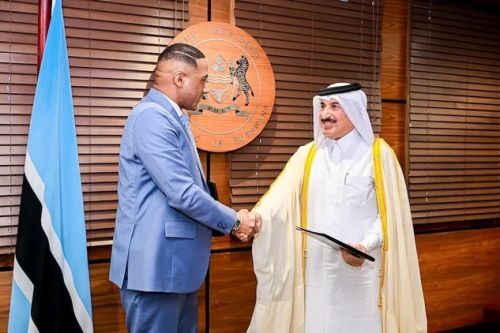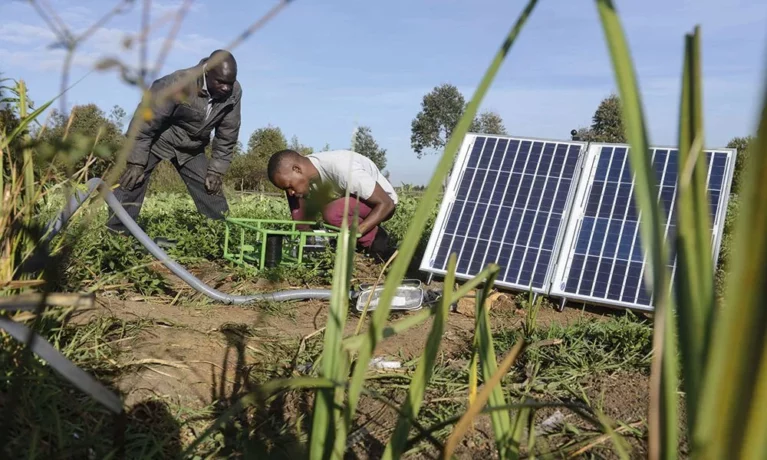
With about one-third of the world’s essential mineral reserves, Africa’s subsoil has become a major strategic interest for many countries. After Saudi Arabia and the United Arab Emirates, Qatar is now the latest Gulf state to display its ambitions on the continent.
In August 2025, Sheikh Al Mansour Bin Jabor Bin Jassim Al Thani unveiled a massive $100 billion investment plan in Africa through his Al Mansour Holding fund. The plan includes partnerships across several key sectors — notably mining — as Doha seeks to diversify its economy and position itself in the global competition for critical resources.
During his tour, the Sheikh announced massive investments: $19 billion in Zambia, $12 billion in Botswana, $20 billion in Mozambique, $21 billion in the DRC, and $19 billion in Zimbabwe. Although the details and timelines of these investments remain vague, they cover agriculture, tourism, infrastructure, energy, and — implicitly — the mining sector.
This strategic direction was confirmed by a recent deal. On September 17, the Qatar Investment Authority (QIA) announced a $500 million investment in mining company Ivanhoe Mines. The company operates major mines in the Democratic Republic of Congo (DRC), including the country’s largest copper mine, Kamoa-Kakula, as well as the Kipushi zinc mine. Ivanhoe is also involved in South Africa’s Platreef platinum group metals project. Once the transaction is completed, QIA will hold about 4% of Ivanhoe and will seek further opportunities for collaboration.
Qatar’s interest extends beyond the DRC. Ivanhoe also holds copper deposits in Angola and Zambia. According to Mohammed Saif Al-Sowaidi, QIA’s chief executive, this investment is aimed at supporting Ivanhoe in securing the critical minerals needed for the global energy transition. Qatar seeks to position itself as a leading player, in line with its Gulf neighbors.
Before Qatar’s entry into the DRC, other Gulf players had already made significant moves in Africa. In June 2025, Abu Dhabi’s International Resources Holding (IRH) signed a deal for a tin mine in the DRC, after acquiring 51% of Mopani Copper Mines’ assets in Zambia for over $1 billion in 2024.
An Economic Diversification Strategy
Sheikh Al Mansour’s tour targeted countries rich in minerals. Beyond copper, the DRC and Zambia hold significant cobalt reserves. Botswana is a diamond producer and is developing its copper industry. Mozambique is a major graphite producer, while Zimbabwe is a continental leader in lithium. These minerals are critical for battery manufacturing, electric vehicles, and renewable energy technologies.
Qatar’s interest in these resources predates its deal with Ivanhoe. In August 2024, QIA had already invested $180 million in TechMet, a company holding tin, tungsten, and tantalum assets in Rwanda.
These investments align with Qatar’s National Development Strategy 2024–2030, which aims for an annual non-hydrocarbon growth rate of 4%, underscoring the country’s determination to diversify its economy.
From Promises to Real Investments
Historically, the exploitation of Africa’s resources has often been criticized for failing to benefit host countries. Recently, African governments have increasingly demanded local mineral processing and stronger participation from domestic companies in projects.
These requirements are factors that Qatar, like other investors, cannot ignore. To position itself as a credible alternative to China — a dominant player on the continent — Qatar will need to prove its ability to generate local added value beyond headline announcements. The success of its African push will ultimately depend on its capacity to turn promises into mutually beneficial partnerships.



